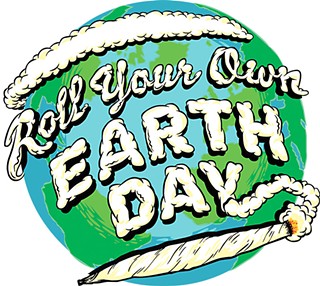Exploring Eco-Friendly Period Products
When Mother Earth meets Aunt Flo
By Rachael Hellman, Fri., April 21, 2017
On the day of my first period, I dug out the inch-thick maxi pad I'd received in a "goodie bag" at school three years earlier. Tampons aside, the teachers responsible for giving us the proverbial "talk" hadn't mentioned any other options.
They did the best they could, just like the pads they endorsed.
It wasn't until college that a friend introduced me to the world of eco-friendly menstrual products. She swore by the DivaCup 12 times a year. I swore I'd never try it. Tampons might have been wasteful, but they were familiar – and still very much the norm.
Things are changing, though. In food, in fashion, in eco-friendliness, what's fringe seeps into the mainstream. Whether by intention or through an attraction to what's popular, we're collectively reducing our footprint: We bring our canvas bags to the grocery store and opt for battery-powered cars when we can afford them. I've now got that same silicone menstrual cup tucked away in a pouch on my bathroom counter, and I just bought my first pair of period underwear. Nevertheless, reusable menstrual products still have to work hard for broader acceptance. They continue to face the perception of being "gross," and that stigma has a consequence for the environment.
Over the course of her menstruating years, the average woman produces 250-300 pounds of garbage from "pads, plugs, and applicators," according to Elissa Stein's book, Flow: The Cultural Story of Menstruation. This waste adds up, and still doesn't reflect hidden costs such as the resources consumed in the production of disposable products.
Unlike pads and tampons that need to be changed multiple times a day, products like the DivaCup can be worn for 12 hours, and its makers suggest replacing it annually. Moreover, free of fragrance, pesticides used on cotton, and other chemicals common to conventional, non-organic pads and tampons, reusable menstrual products like washable pads, underwear, and cups are cleaner for the body and the environment.
Despite the taboos, many women who use alternative menstrual products tout their convenience, cost-effectiveness, and cleaner feeling compared to tampons and pads. If that's not enough, these products offer an opportunity to break the unnatural cycle of waste and consumption.








